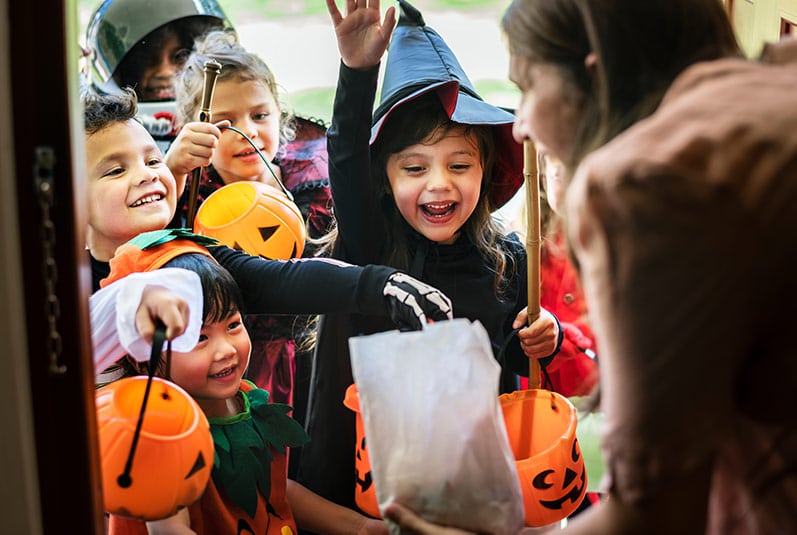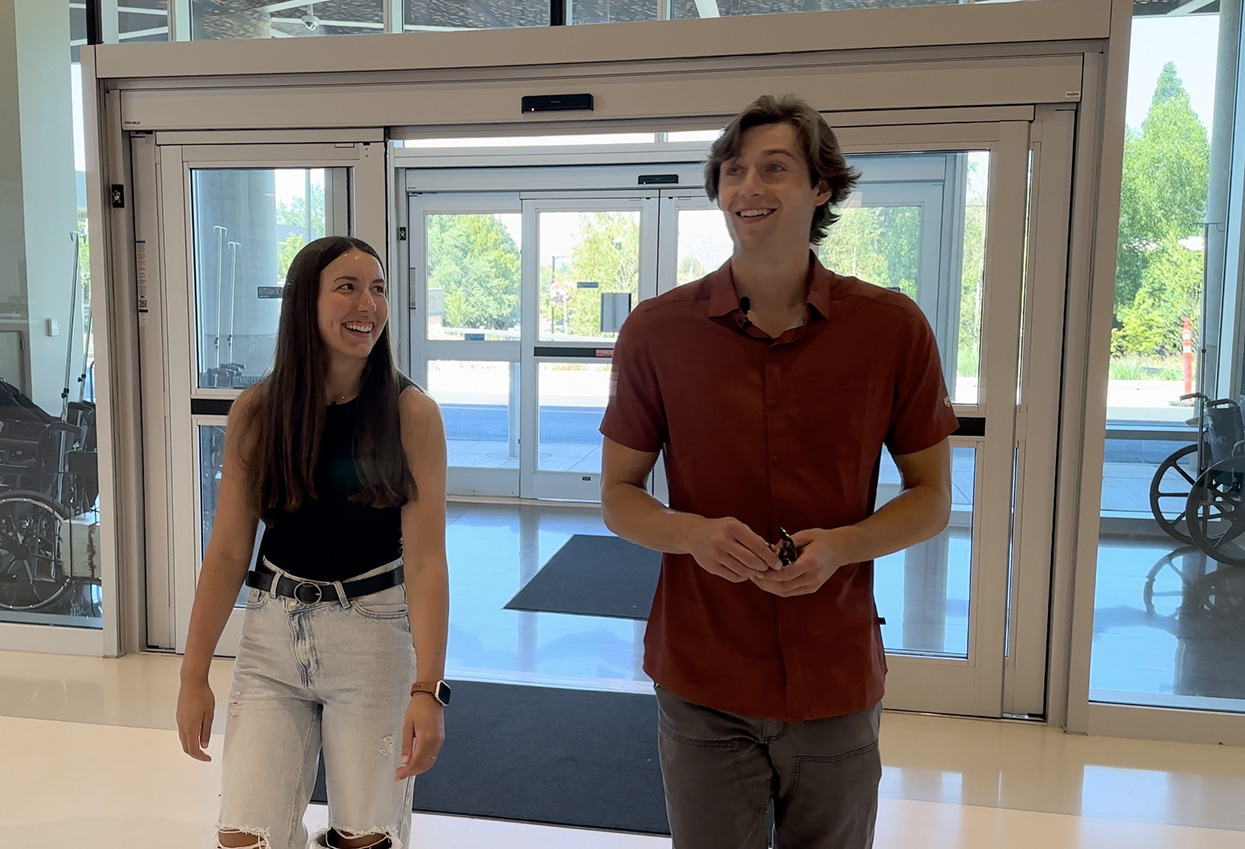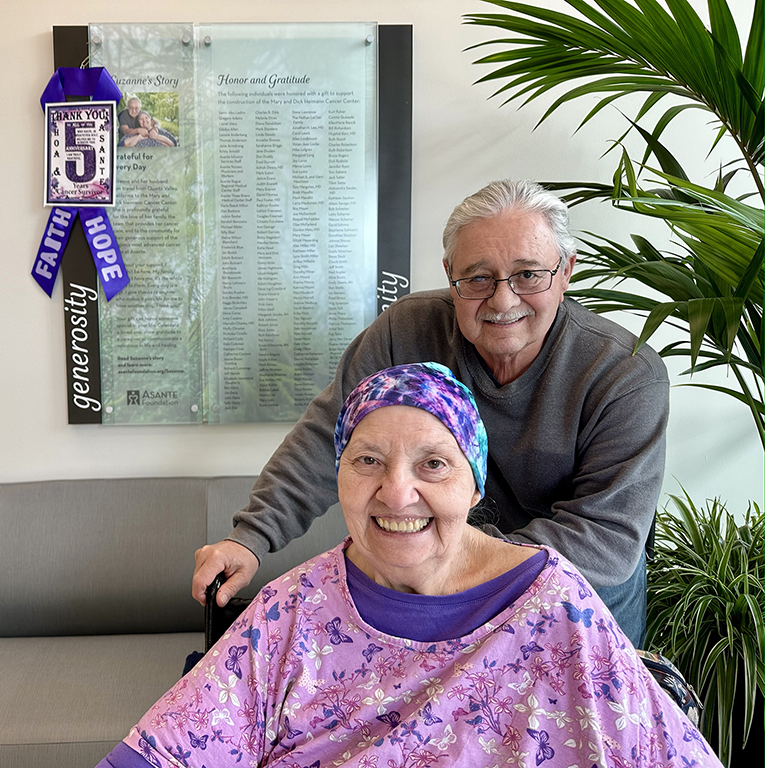Summary
There are lots of easy things parents and kids can do to stay safe on the spookiest of holidays. Following these safety tips can ensure a safe and fun Halloween for everyone.
Everyone loves a good scare on Halloween, but not when it comes to the safety of those little trick-or-treaters. On average, children are more than twice as likely to be hit by a car and killed on Halloween than any other day of the year.
Fortunately, there are lots of easy things parents and kids can do to stay safe on the spookiest of holidays.
- Carry glow sticks or flashlights.
- Use reflective tape on stickers and costumes and bags.
- Wear light colors to help kids be seen by drivers.
- Always provide adult supervision for kids under the age of 12 for trick-or-treating, and remind your children to cross the street at corners or crosswalks.
- When selecting a costume, make sure it is the right size to prevent any trips and falls.
- Choose face paint over masks when possible because masks can limit children’s vision.
- Remove all makeup before children go to bed to prevent skin and eye irritation.
Here are some additional safety tips for your older children if they’re going alone:
- Plan and review a route acceptable to you.
- Agree on a specific time children should return home.
- Teach your children never to enter a stranger’s home or car.
- Instruct children to travel only in familiar, well-lit areas and stick with their friends.
- Remind them to put electronic devices down, keep their heads up while they walk and not to run across the street.
When your children return home from trick-or-treating, inspect the candy to ensure it’s safe. Any candy that is not commercially packaged or that has pinholes in it should be discarded. Some treats, such as hard candies, nuts and gum, can be a choking hazard for young children, so don’t leave children unattended with those treats. When in doubt, throw it out.
And one last tip: Be mindful of trick-or-treaters with autism. Many people with autism are unable to speak, which means they may not say “trick or treat” or “thank you.” Eye contact can also be challenging, and some may not be able to wear a costume due to sensory issues.
Some people with autism may choose to use a blue bucket on Halloween to collect their treats, which is a signal to others that the trick-or-treater has autism. It is a great way to discreetly alert people that the child or young adult may not be able to participate in all aspects of trick-or-treating.
Following these safety tips can ensure a safe and fun Halloween for everyone.
By Beth Coker, Cardiopulmonary Services manager and host of Better Health on KOBI Channel 5









